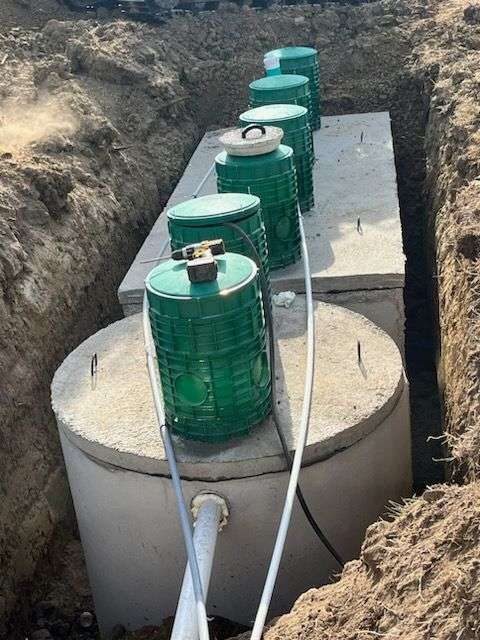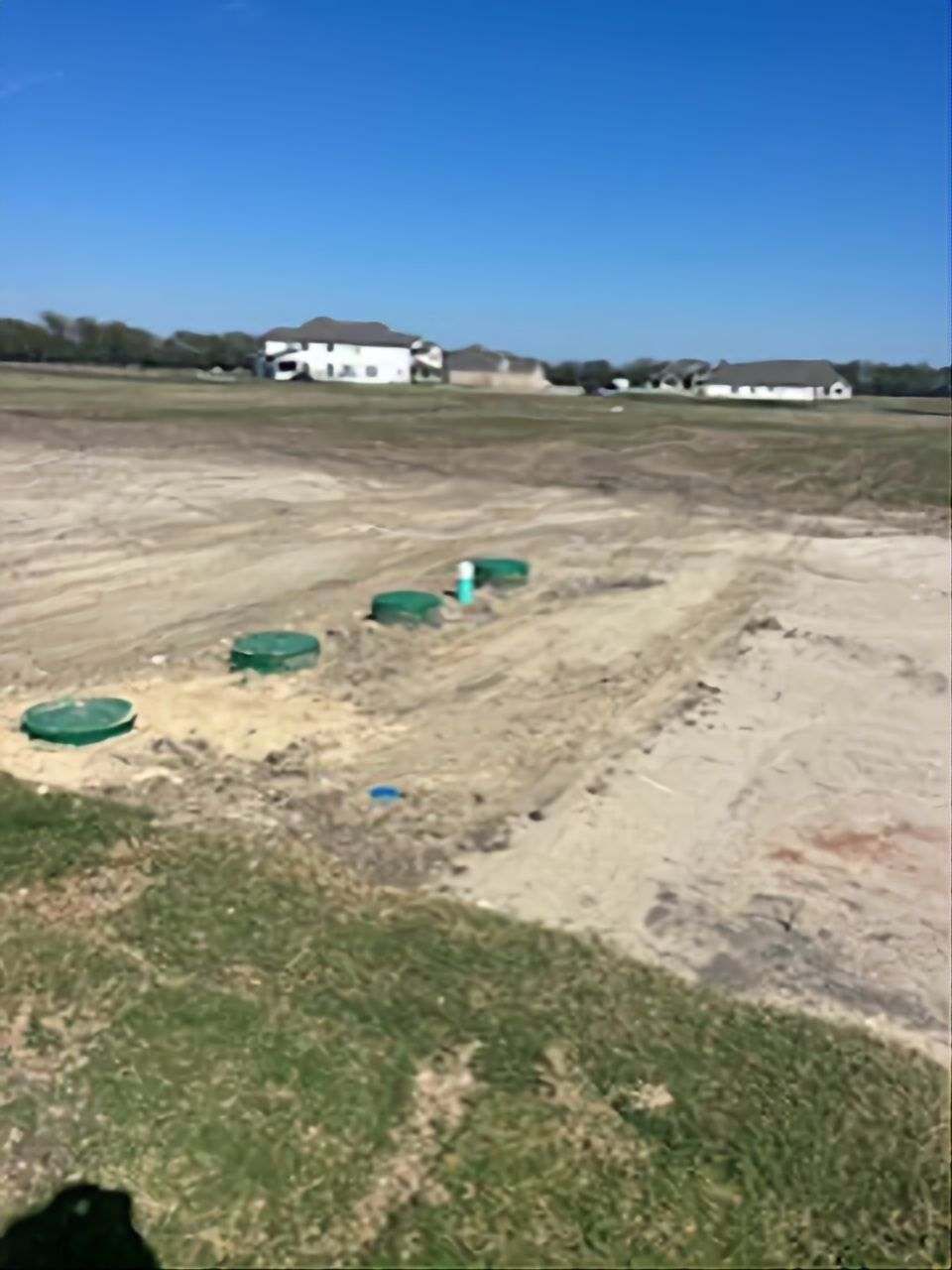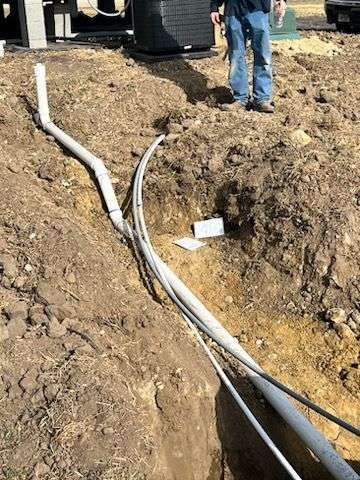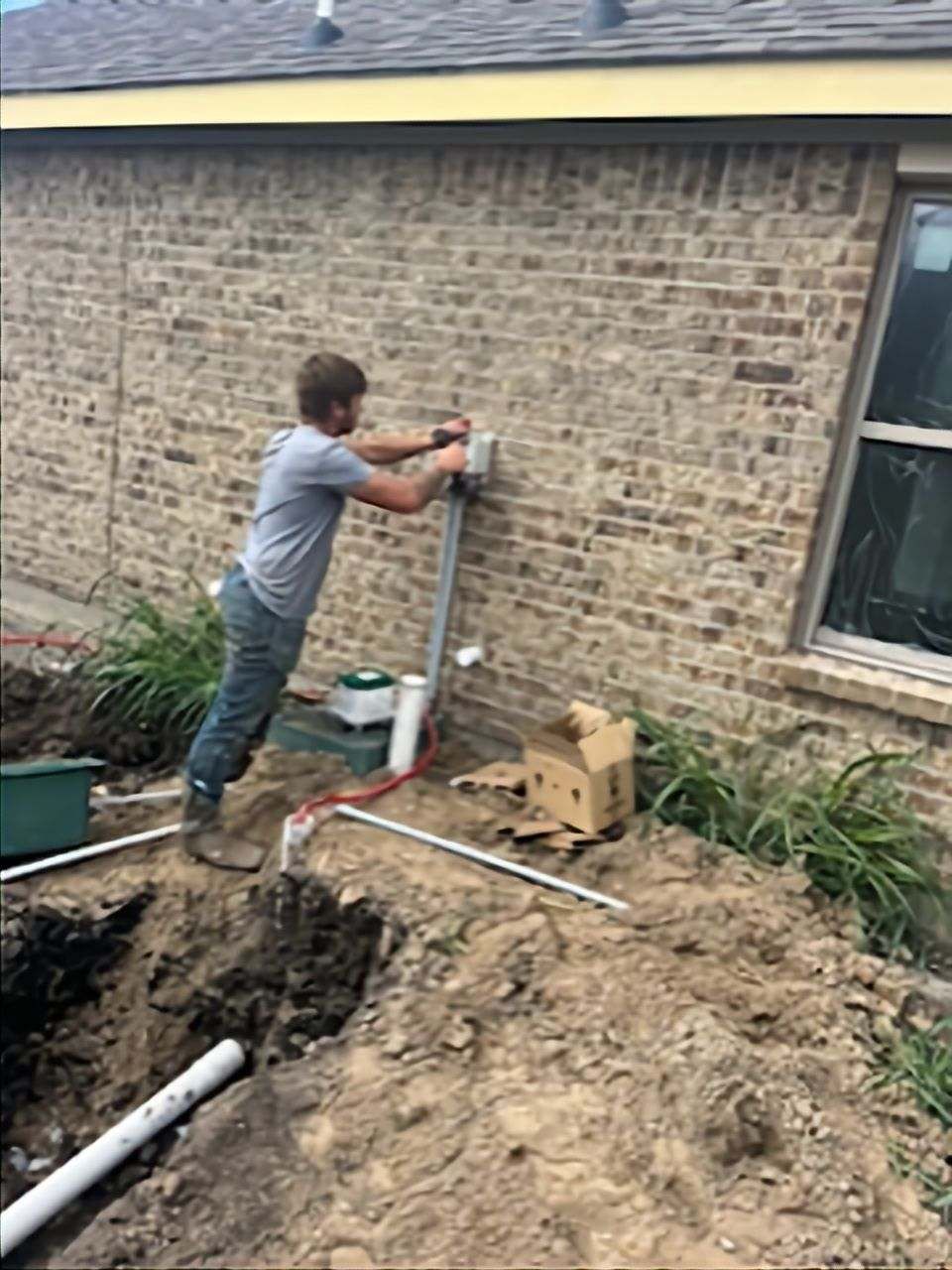Septic Tank Installation Services in Quinlan
Over 25 Years of Experience | Local, Family-Owned | Licensed
Over 25 Years of Experience
Local, Family-Owned
LIcensed
Hours:
Professional Septic Tank Installation
Installing a septic tank is a crucial step in creating an effective waste management system for properties not connected to a municipal sewer line. While specific regulations and guidelines can vary depending on location, the general process for septic tank installation typically involves the following steps:
Permitting and Planning:
Check local regulations and acquire the necessary permits for septic tank installation.
Evaluate the property and soil conditions to determine the appropriate tank size and placement.
Designing the System:
Determine the type and size of the septic tank suitable for the property's wastewater output. Consider the number of people using the system, water usage, and soil type.
Excavation and Site Preparation:
Excavate the designated area where the septic tank will be installed. Ensure the area is clear of any trees, structures, or other obstacles.
Tank Installation:
Lower the septic tank into the excavated area, ensuring it is level and properly aligned.
Connect the tank to the property's plumbing system.
Connection to Drain Field:
Create a trench leading from the septic tank to the drain field. Install pipes and ensure proper slope for wastewater flow.
Backfilling and Compaction:
Fill the area around the tank and drain the field with soil, compacting it to prevent settling. Ensure proper grading to direct surface water away from the system.
Ventilation and Access Points:
Install ventilation pipes to regulate pressure within the system. Create access points for maintenance and pumping purposes.
Inspection and Testing:
Conduct a thorough inspection of the entire system to ensure proper installation. Test the system's functionality and check for any leaks or potential issues.
Final Covering:
Cover the entire system with the appropriate layer of topsoil. Restore the landscape to its original state as much as possible.
Maintenance and Upkeep:
Follow a regular maintenance schedule, including periodic pumping of the septic tank.
Monitor the system for signs of any issues, such as slow drainage or foul odors. It is essential to consult with local authorities or a professional septic system installer to ensure that all regulations and requirements are met during the installation process. Regular maintenance and proper usage are crucial for the longevity and efficiency of the septic system.

Septic Tank Installation Specialists
Call us to schedule your service.
(903) 513-0811
SERVING
and surrounding areas






Share On: